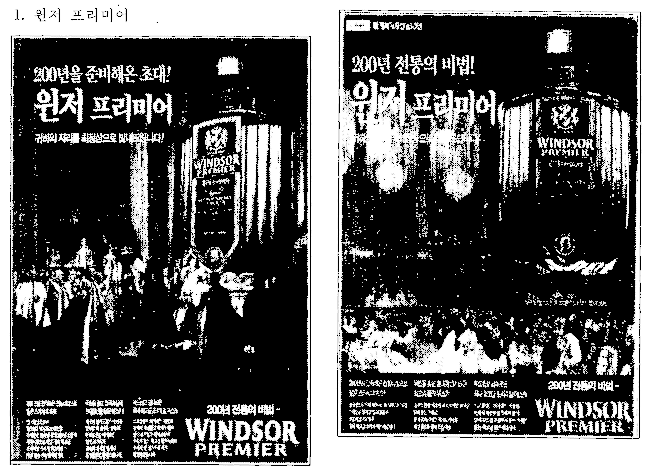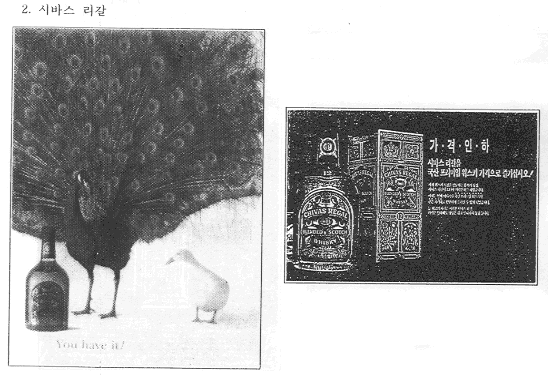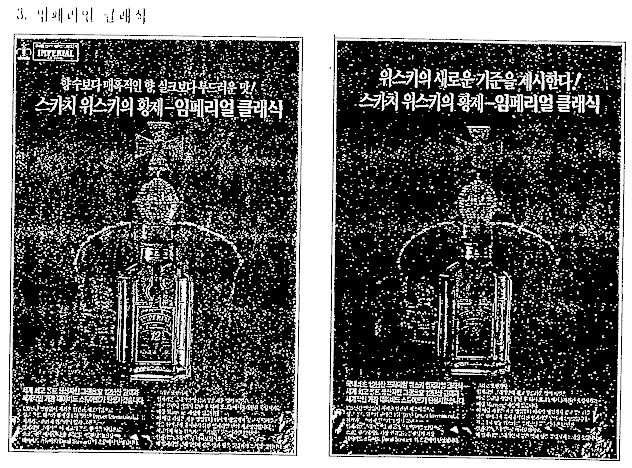
ABSTRACT
This thesis has reviewed ever-intensifying competition of the whiskey market based on consumer's perception on whiskey in the overall alcoholic beverage market. Especially, as a base for developing an desirable communication concept of a specific whiskey product, this thesis tries to establish the more practical communication strategy by combining conusmers' lifestyle. This approach is based on the current whiskey market situation, which can be described as 'drastic growth'. The traditional alcoholic beverage market has been divided into the two markets, beer and soju. This market structure is changing due to the growth of the whiskey market, and the fierce competition among brands.
The current market situation is changing from the market with single and stable need to the market with diverse needs. Thus, it's the time for us to have strategic market segmentation for the changing market.
This thesis has analyzed the overall consumer lifestyle that includes extrinsic factors as well as intrinsic factors. By categorizing lifestyle into the alcoholic beverage-related lifestyle, general purchasing lifestyle, etc., this thesis reviews the consumer lifestyle from microscopic level to macroscopic level.
This thesis has analyzed different consumer lifestyles according to the alcoholic beverage category, beer, soju, and whiskey. Furthermore, this thesis has tried to relate the consumer lifestyle to a specific whiskey brand. It is to synthesize demographic variables with psychographic variables.
In reality, consumers do not recognize the differences among whiskey brands' advertisements with regarding to their brand images. It leads to the question of the effectiveness and efficiency of marketing cost. One of the main findings in this thesis, is that the positioning factor should be developed on basis of the value-oriented concept due to the continuing introduction of new whiskey brands and target base enlargement. In other words, the factors such as prestige and tradition, which have been typical whiskey-like images, and no longer the positioning factors for whiskey brands that can attract consumers. Now, those are rather working as default for whiskey brands. Because they only connote the meaning of whiskey product category, it is necessary to combine the lifestyle of specific target consumers to deliver the differentiated meaning of the brand.
This kind of approach can be also applied to the search process for a new product opportunity in this competitive market situation. First of all, consumers' perception and lifestyle should be understood by the lifestyle approach. Based on the data found, the consumer's need should be stimulated.
This study has tried to accomodate the large-scale sample in order to find differences among alcoholic beverage categories. However, it is hard to find the indepth difference of lifestyle in terms of demographic variables because the sample size of those who prefer and drink whiskey is too small. In addition, this study may not be enough to meet the academic hypothesis-testing condition due to in-sufficent amount of previous research output on lifestyle.
In comparison with other lifestyle studies which mainly focused on the summary of references, however, this study could be more meaningful because it proposes a new perspective for alcoholic beverage advertising, especially for whiskey advertising, based on the practical fieldwork study.


